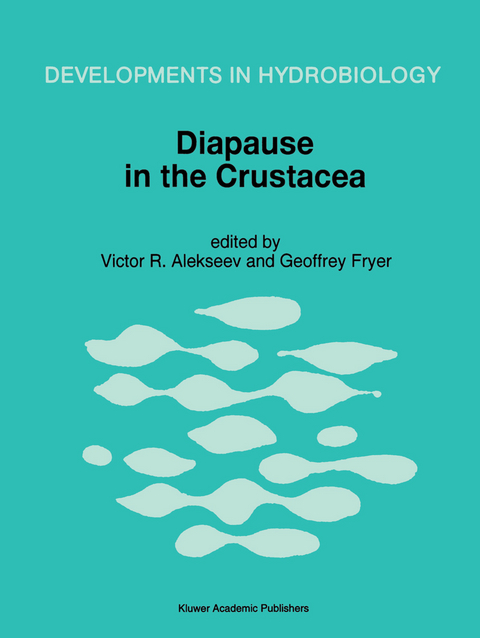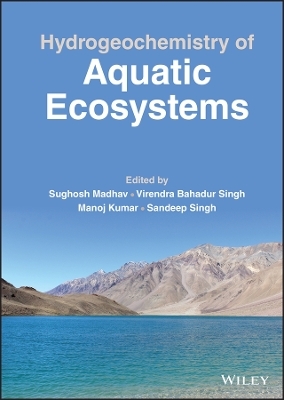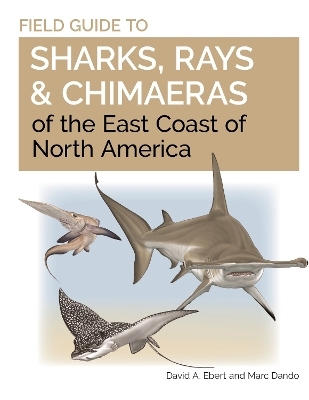
Diapause in the Crustacea
Springer (Verlag)
978-0-7923-3997-7 (ISBN)
Diapause is an event of great ecological significance in the lives of a wide range of invertebrates. The underlying physiological and genetic mechanisms pose many intriguing questions and have important evolutionary implications. Some of the most dramatic examples of diapause are provided by crustaceans. Most branchiopods produce resting eggs that can withstand intense desiccation and extremes of temperature and pressure far beyond those to which they are ever subjected in nature. Furthermore they can remain in a dry condition, displaying no measurable metabolism, for many years. Such abilities enable them to inhabit infrequently-filled pools in arid regions. When the pools fill with water these dormant eggs hatch and give rise to animals that grow quickly to maturity and produce a new generation of resting eggs. There is every reason to believe that primitive branchiopods have employed diapause in this way since Palaeozoic times and that their abilities in this direction have played a key role in their continued success as freshwater animals.
Evolutionary aspects of diapause in Crustacea.- Diapause, a potent force in the evolution of freshwater crustaceans.- Types of diapause in Crustacea: definitions, distribution, evolution.- Distribution of crustacean diapause: micro- and macroevolutionary pattern and process.- Egg diapause and clonal structure in parthenogenetic populations of Heterocypris incongruens (Ostracoda).- Influence of parthenogenetic reproduction on the genotypic constitution and evolutionary success of populations and species.- Physiology of diapause.- Variation in torpidity of diapause in freshwater cyclopoid copepods.- Feeding and digestive activity of cyclopoid copepods in active diapause.- On various types of antifreezes in active and resting stages of organisms.- The susceptibility to loss of diapause capacity in hydrobionts of ephemeral waterbodies.- Induction and termination of diapause.- Diapause, quiescence, hatching requirements: what we can learn from large freshwater branchiopods (Crustacea: Branchiopoda: Anostraca, Notostraca, ‘Conchostraca’).- The influence of processing and temperature conditions on hatching of resting eggs of Streptocephalus proboscideus (Crustacea: Branchiopoda: Anostraca).- Significance of photoperiodism and diapause control in the multicycle Crustacean Daphnia pulex Leydig.- The problem of induction and termination of diapause in cyclopoid copepods.- Essentials of the environmental control of insect seasonality as reference points for comparative studies in other invertebrates.- The nature of resting stages and their role in the population dynamics of marine and freshwater crustaceans.- The resting eggs of the Ctenopoda (Crustacea: Branchiopoda): a review.- Ecological and evolutionary significance of resting eggs in marine copepods: past, present andfuture studies.- Copepod eggs survive a decade in the sediments of the Baltic Sea.- Benthic resting eggs of calanoid copepods in Norwegian enclosures used in mariculture: abundance, species composition and hatching.- Role of parthenogenetic natality and emergence from diapausing eggs in the dynamics of some rotifer populations.- Diapause and crustacean life histories.- The biology and morphology of the marine harpacticoid copepod Heteropsyllus nunni Coull, during encystment diapause.- Distribution and summer diapause of Canthocamptus staphylinus (Jurine) (Copepoda: Harpacticoida) in Lake Ladoga.- Diapause in the life cycle of Calanoides carinatus (Kroyer) (Copepoda: Calanoida).- Growth and fecundity of Daphnia after diapause and their impact on the development of a population.- Variable life history of a cyclopoid copepod: the role of food availability.- Diapause of copepods as an element for stabilizing the parasite system of some fish helminthes.- Ecology of diapausing copepodids of Cyclops kolensis Lill. in reservoirs of the Upper Volga.
| Erscheint lt. Verlag | 31.3.1996 |
|---|---|
| Reihe/Serie | Developments in Hydrobiology ; 114 |
| Zusatzinfo | X, 242 p. |
| Verlagsort | Dordrecht |
| Sprache | englisch |
| Maße | 210 x 279 mm |
| Themenwelt | Naturwissenschaften ► Biologie ► Limnologie / Meeresbiologie |
| Naturwissenschaften ► Biologie ► Ökologie / Naturschutz | |
| Naturwissenschaften ► Biologie ► Zoologie | |
| ISBN-10 | 0-7923-3997-5 / 0792339975 |
| ISBN-13 | 978-0-7923-3997-7 / 9780792339977 |
| Zustand | Neuware |
| Haben Sie eine Frage zum Produkt? |
aus dem Bereich


